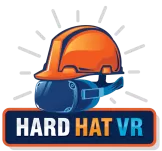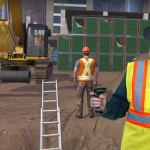Increase Construction Safety With Virtual Reality Training
Discover the Power of Immersive Training Solutions
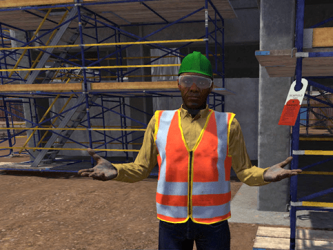
Virtual Reality Training Can Improve Construction Safety
Increase construction safety with VR as, In the year 2019, 1 in 5 work-related deaths were in the construction industry – with falls accounting for 33% of those deaths. Over 60% of construction-related deaths come from falls, electrocution, being struck by an object, or being caught in or between objects.
As a result, Increase construction safety with VR been heavily focused on these hazards, which OSHA calls the Fatal Four.
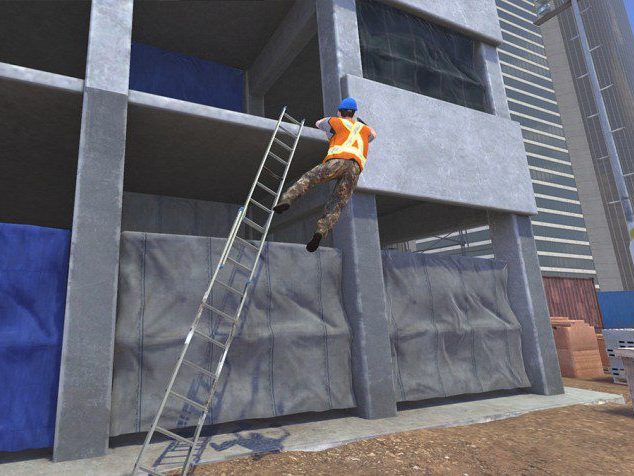
Safety issues are also affecting productivity and profitability
Construction businesses also suffer losses in productivity and profitability each time an accident happens on the job. There are halts or slow-downs in production during response and investigation, and days missed from work due to injury or trauma. In 2019 alone, approximately 130,000 workers missed days of work due to injury.
And earlier this year, OSHA increased the monetary penalty amounts, which now range from $13,653 to $136,532 USD per safety violation. They estimate that there is a $4-6 savings per $1 invested in safety programs.
Industry experts predict more challenges in future
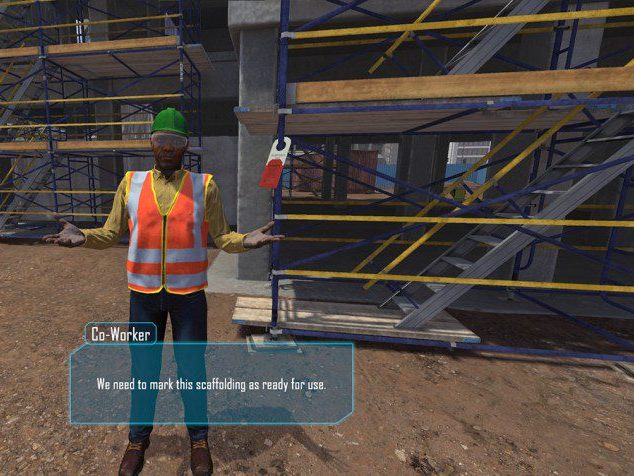
Thanks to the increased interest in the technology sector, less and less people in the younger generations are interested in the construction industry – resulting in a significant age skill gap. Studies predict that the average tenure of workers will also decrease, with a disproportionately higher turnover rate among people 25 years of age and younger.
There is also a disproportionately higher injury rate amongst those between 25 and 34 years of age. As the aging population retires, not only are there less people to replace them, but there is also an increasing need to transfer the decades of skills and experience they have to the incoming workforce.
A study by Associated Builders and Contractors found that due to growth in demand for construction work, the demand for workers has also increased. In March 2021 numbers estimated 430,000 more workers would be needed to meet the demand for the year. They also predict that the number will increase to 816,000 new workers needed by 2023.
Continuous training Increase construction safety with VR
So to help people remain safe, get new workers trained up quickly, and to keep worksites productive and profitable, continuous training and knowledge review cycles are required. However, with dispersed workforces, tight project deadlines – and now with Covid restrictions – training can be difficult due to the physical separation of the employees and the cost and time needed for travel.
Current training technology needs an upgrade
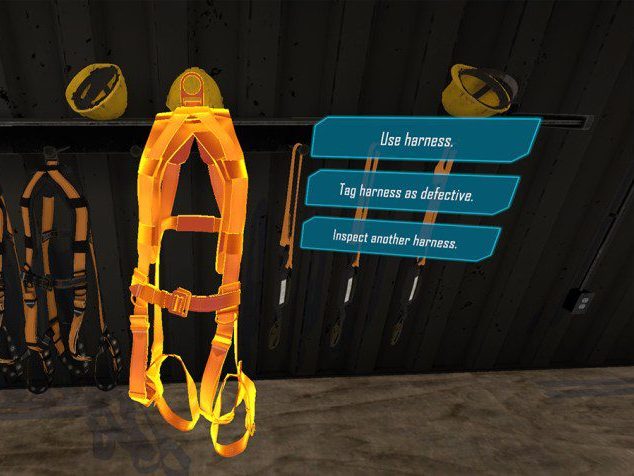
Current safety training programs use a variety of methods including classroom training, computer-based training, in-person 1-on-1 training, and job shadowing. Computer-based training is inarguably the most scalable – especially for a dispersed workforce. However, studies prove that this type of training is not as effective if people quickly get distracted and lose focus due to the content not being engaging enough.
Videos are better at keeping people engaged, and can add more realism, but due to the desensitization to disaster and tragedy through oversaturation by the media, they don’t fully capture the gravity of a situation as well as if it were witnessed in real life. Of course, that’s what we want to prevent from happening in the first place.
In-person on-the-job training and job shadowing are by far the best ways to learn since it’s personalized, relevant to the job being done and gives people the chance to hear valuable stories they may not get with other training methods. However, this still doesn’t fully cover those unusual high-risk scenarios that don’t happen very often, which then increases the risk for poor response if or when something does happen.
The best training programs use all of the learning methods
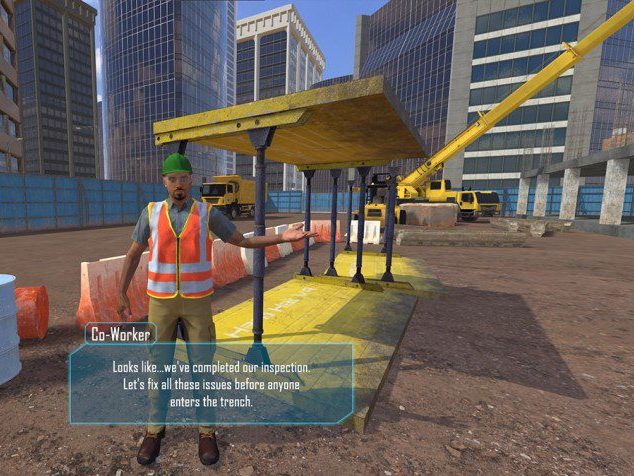
Research has proven that you should use a combination of all of the different learning styles for the best retention and comprehension. People learn by watching, listening, practicing, testing competency and repeating. This increases confidence and competency over time, which then in turn increases productivity.
The quality of the training materials, subject-matter and the emotional impact of the training can affect your worker’s self-motivation and attention during training, which then affects learning and retention of information.
Virtual reality lets you use all of the learning styles
Virtual reality places you in a completely virtual world and can make use of all of the learning styles by allowing you to watch, listen, practice, test competency, make mistakes, correct them, and try again. Your workers can learn, practice and experiment in a safe, virtual environment.
Research has shown virtual reality to be more effective than traditional methods for high-risk or complex work processes since you are placed in the scenario to live it out virtually. This increases recall when performing the task in real life.
Virtual reality safety training increases productivity
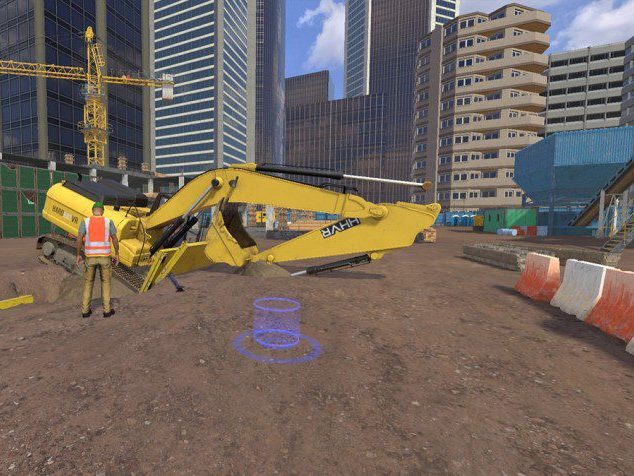
Virtual reality also allows for rapid onboarding, ramp-up and competency reviews. Practicing in a safe virtual environment allows your workers to get on-the-job training before they even arrive on site. Giving them a safe environment in which to practice also improves confidence, which decreases their time on a particular task. This is even more pronounced in high-risk situations.
Virtual reality is more affordable than ever before
Thanks to the recent release of headsets such as the Quest 2 and Pico Neo 3 and the resulting increased competition, immersive training is much more portable, affordable, and scalable than ever before. The development pipelines are also much more streamlined, reducing time and costs of content creation. Market analysts predict that virtual reality will be an ubiquitous and integral part of training in the near future.
Results are already showing
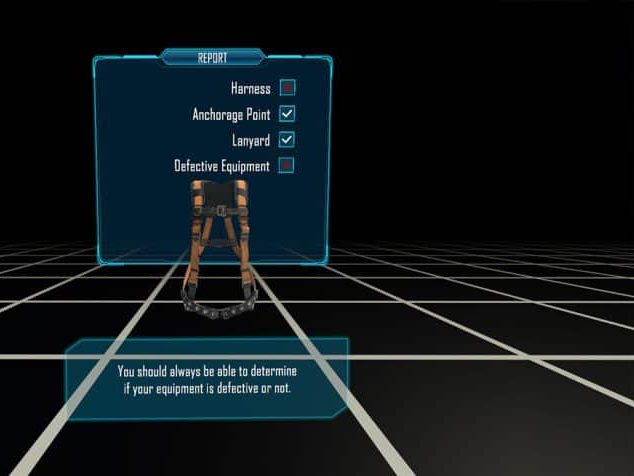
Companies who have adopted virtual reality training are showing positive results in reduced work-related fatalities and injuries. They’re also seeing better engagement and focus from their workers during training sessions, and employee satisfaction has improved due to the feelings of receiving quality safety training.
How Hard Hat VR can help
Hard Hat VR can help by providing you with off-the-shelf solutions that are a combination of computer-based and virtual reality training simulations, which have been tested on actual trainees on the job. We use relevant scenarios that are based on the top incidents, and are informed by skilled workers in the construction industry.
Our training simulations include:
- Fall protection
- Scaffolding
- Ladders
- Excavating and trenching
- Electrical
These training simulations allow you to learn and test competency by walking you through immersive scenarios and showing consequences based on decisions. You can then review the decisions and resulting consequences to reinforce learning.

